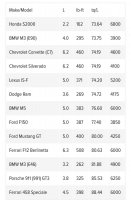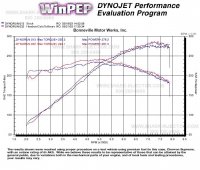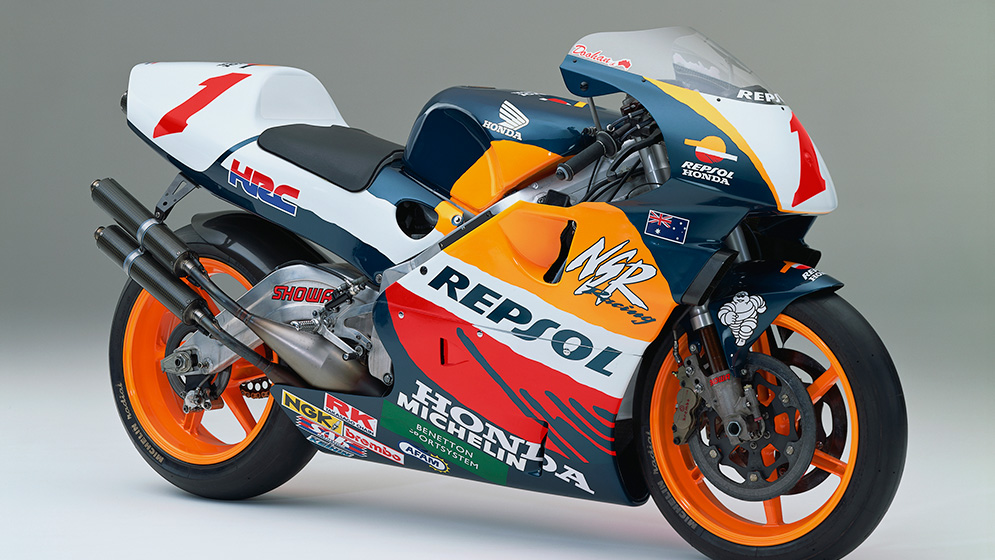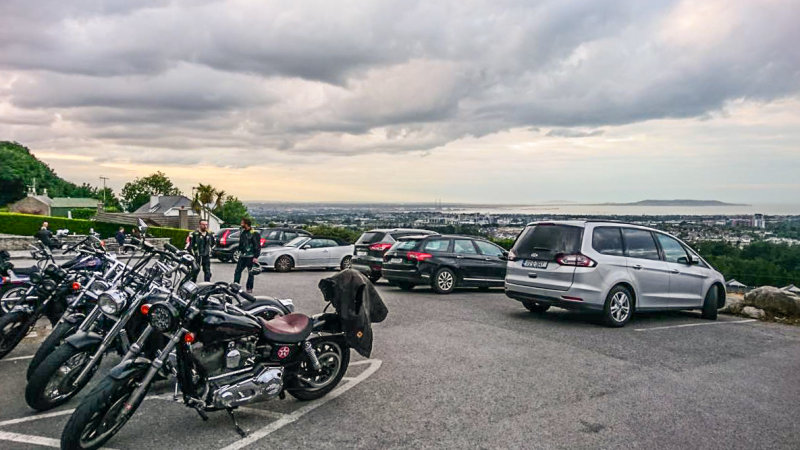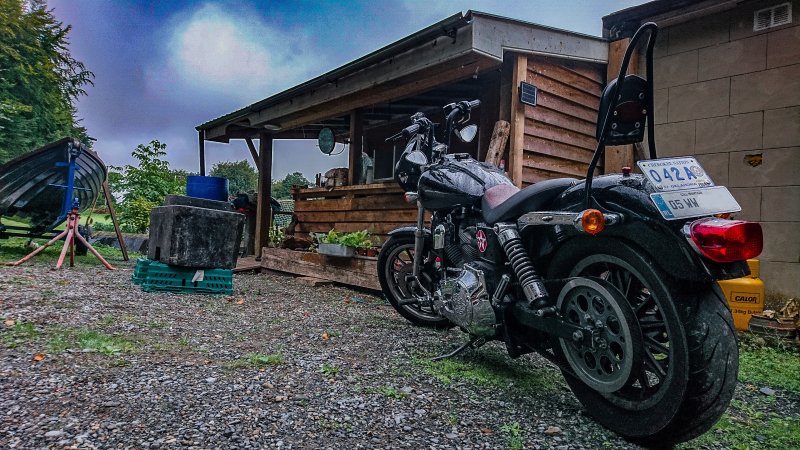I'll just leave this here(with the caveat I am a Harley owner, but love the Indians too):
Did not get far before some questionable statements were made, 1m 40s, large pistons have weak forces because combustion pressure is too slow and spreads out thin? Huh?
The 2005 bmw P85 f1 engine had a 98mm piston and ran to 19,800rpm, no magic “race fuel” used, seemed to work ok.
3m 30s, suggesting a big ol V twin is Running out of legs up top because the flame front can’t catch the piston, really? better reasons could be less head area on long strokes motors have less room for valves/ports causing Lower volumetric efficiency, limiting revs, or more realistically that the engine was simply designed more for bottom to mid range power, not top end, so cam profiles and porting Should be pretty high on the list of why it’s running or of legs.
And after all he said that long stroke Harley has less torque per Liter than the Indian!
Harley sportster iron 1200
Capacity 1202cc
Bore/stroke 88.9mm x 96.8mm, 0.91 ratio
Power 71hp
Torque 73 lb-ft
(61 lb-ft per liter)
Indian Scout,
Capacity 1130cc
Bore/stroke 99mm × 73.6mm, 1.34 ratio
Power 100hp
Torque 72 lb-ft
(64 lb-ft per liter)
Harley-Davidson CVO Road Glide
Capacity 1923cc
Bore/stroke 103.5 x 114.3 mm, 0.90 ratio
Power 105hp
Torque 125 lb-ft
(65 lb-ft per liter)
Bmw s100rr
Capacity 999cc
Bore/stroke 80mm x 49.7mm, 1.61 ratio
Power 205hp
Torque 83 lb-ft
(83 lb-ft per liter)
Bonus, bmw p85 race engine
Capacity 2998.5cc
Bore/stroke, 98mm x 39.75mm, 2.47 ratio
Power 950hp+
Torque 265 lb-ft
(88 lb-ft per liter)
The P85 being an extreme example of a high rev (19800rpm) high volumetric efficiency engine with a very short Stroke making more torque per litre, you might even say much more, some chainsaws have more stroke!
The Bmw s100rr and road glide are not bikes you normally compare, but you might find the numbers interesting.

Chode.







